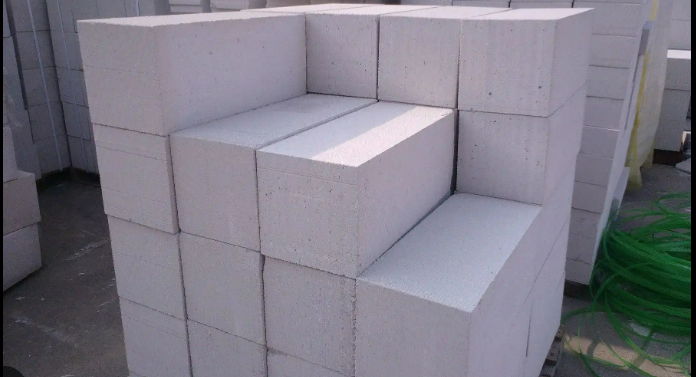Lightweight concrete has the same strength as that conventional concrete but considerably lower weight. Recent advancements in lightweight concrete are making it more and more popular. Conventional concrete has a density of 2200 Kilograms per cubic meter to 2400 Kilograms per cubic meter.
In contrast, the density of lightweight concrete varies from 500 to 1700 kilograms per cubic meter depending on the constituents and method of production. The production of lightweight concrete is done by either of the following methods.
There are four methods of producing lightweight concrete.
No-Fines Concrete
As the name suggests, in this type of concrete there is no to little content of fine aggregate. This type of concrete is pervious and also architecturally attractive.
When conventional coarse aggregates are used in lightweight concrete it shows a density of 1500 to 1600 kilogram per cubic meter.
Lightweight Aggregate Concrete
This method employs the replacement of conventional high-density coarse aggregate with low-density aggregate.
There are two types of low-density aggregates, natural and artificial. Natural low-density aggregates used in lightweight concrete are pumice, rise husk, volcano cinder, and diatomite. While artificially developed low aggregates foam slag, bloated clay, etc.
Low-density aggregates could also be made from pulverized fly ash, expanded clay, expanded shale, etc.
Chemical Aerating
Aerated concrete is made by introducing air or gas into a slurry composed of Portland cement or lime and finely crushed siliceous filler so that when the mix sets and hardens, a uniformly cellular structure is formed.
Foaming Admixture
The method of preparing lightweight concrete with foaming admixtures composes the addition of aluminum powder or hydrogen gas.
Benefits of Lightweight Concrete
As this type of concrete has a density even below 700 Kilograms per cubic meter it imparts a much lesser load on the foundation of buildings.
Lightweight concrete blocks are used in the construction of walls instead of bricks which has several advantages. Like much better fire resistance, and improved compressive strength.
A new generation of AAC blocks also called Autoclaved Aerated Concrete blocks are being used in almost every building where it is possible to use.
AAC blocks also have higher resistance against penetration of dampness.
As AAC blocks are lighter in weight it is easier for construction labor to work with.
Apart from AAC blocks, lightweight concrete is also used in slabs and terrace roof.
Birla Aercon is one of the leading manufacturer of AAC blocks in India.
Also Read – Properties Of Fresh Concrete – Segregation And Bleeding
What Is RCC? Properties And Uses Of RCC
Grades of Concrete And Mix Ratio for Nominal Mix Concrete
Factors Affecting Durability of Concrete: Engineering Perspective
Factors Affecting the Strength of Concrete – Concrete Technology
FAQs
AAC stands for Autoclaved Aerated Concrete blocks. It is a form of lightweight concrete.
AAC blocks are weighing at 650 KiloGrams per cubic Meter.
